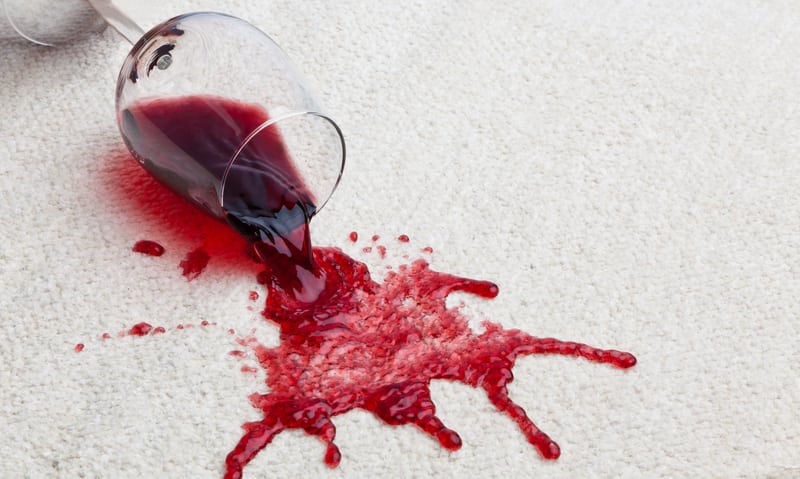Some landlords have unrealistic expectations that their property will remain in exactly the same condition at the end of the lease as when tenants first move in. The reality is though, that wear and tear on a rental property will occur over time. Landlords should expect a level of wear and tear on their rental property while it is being tenanted. It is important to understand the difference between accidental damage and wear and tear. While tailored landlord insurance may cover claims for accidental damage, wear and tear is generally excluded and cannot be claimed.
Accidental damage is defined as being caused by a sudden and unexpected event. This might include spilling red wine on the carpet. In contrast, wear and tear accumulates over time. An example might be carpets. Depending on the quality of the carpet, its life span could be eight to fifteen years. This means that if a tenant has been in the property for a number of years, you can expect there to be signs of foot traffic and flattened or bare patches.
In insurance terms, the carpet has not been damaged accidentally or maliciously, but may be in a reasonable condition given the tenant’s time in the property. It’s like living in your own home – over time there will be signs you have lived there, but this wear and tear cannot be claimed on insurance.
One of the main reasons landlords confuse wear and tear for accidental damage is because after leasing their property they often don’t see it again until the end of the rental agreement. This is why it is important for your Property Manager to carry out regular inspections and advise you on the property’s upkeep.
Examples of accidental damage
- Spilling red wine on carpet
- Dent in the wall caused by tenant moving furniture
- Cracked floor tiles after a heavy saucepan is dropped
Examples of wear and tear
- Foot traffic marks on carpets
- Minor scuff marks on floor coverings or paintwork
Source: Terri Scheer – www.terrischeer.com.au


































